1. CFL Bulbs
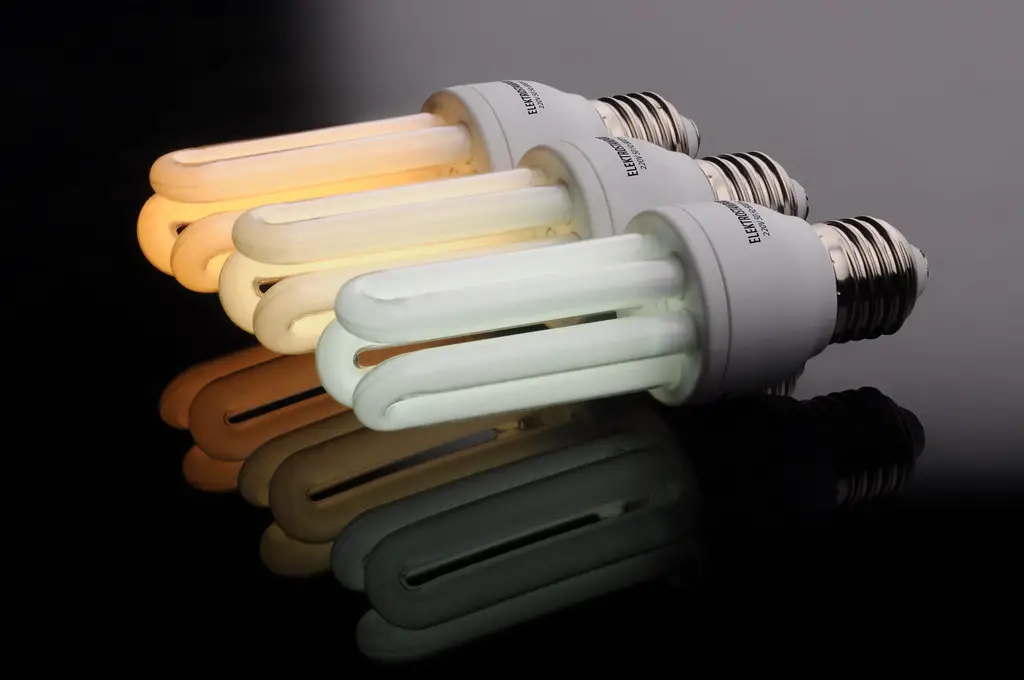
Compact fluorescent light (CFL) bulbs were once hailed as an energy-efficient alternative to incandescent bulbs, but they are quickly being outpaced by LED technology. CFLs contain mercury, a hazardous substance that complicates disposal and poses environmental risks, as explained by the Environmental Protection Agency (EPA). LEDs, on the other hand, are safer, more energy-efficient, and longer-lasting, with lifespans exceeding 25,000 hours.
By 2028, the widespread adoption of LEDs, coupled with stricter environmental regulations, will render CFLs obsolete. LEDs also offer greater versatility, with options for dimming, color changes, and integration into smart home systems. Homeowners are increasingly drawn to LED solutions for their superior performance and environmental benefits. The declining cost of LED bulbs has further accelerated the shift, making them the clear choice for energy-conscious consumers. CFLs, with their environmental concerns and lower efficiency, will soon be phased out entirely.
2. Standard Power Strips

Standard power strips, long used to expand electrical outlet access, are becoming outdated as advanced smart power strips enter the market. Unlike traditional power strips, smart versions are designed to detect when devices are in standby mode and cut off power to reduce energy waste. According to the Department of Energy, standby power, often called “vampire power,” can account for up to 10% of household electricity use. Smart power strips also come with features like timer settings, remote control via smartphone apps, and voice activation through smart assistants like Alexa or Google Home.
By 2028, the inability of standard power strips to provide these energy-saving and convenience-focused functions will render them obsolete. Additionally, smart power strips offer surge protection with advanced diagnostics to guard against electrical damage, which is crucial in modern homes filled with sensitive electronics. Some models even allow users to track energy consumption by individual devices, promoting more mindful energy usage. As smart home ecosystems continue to evolve, the demand for standard power strips will diminish, replaced by these multifunctional, energy-efficient alternatives.
3. Basic Ceiling Fans
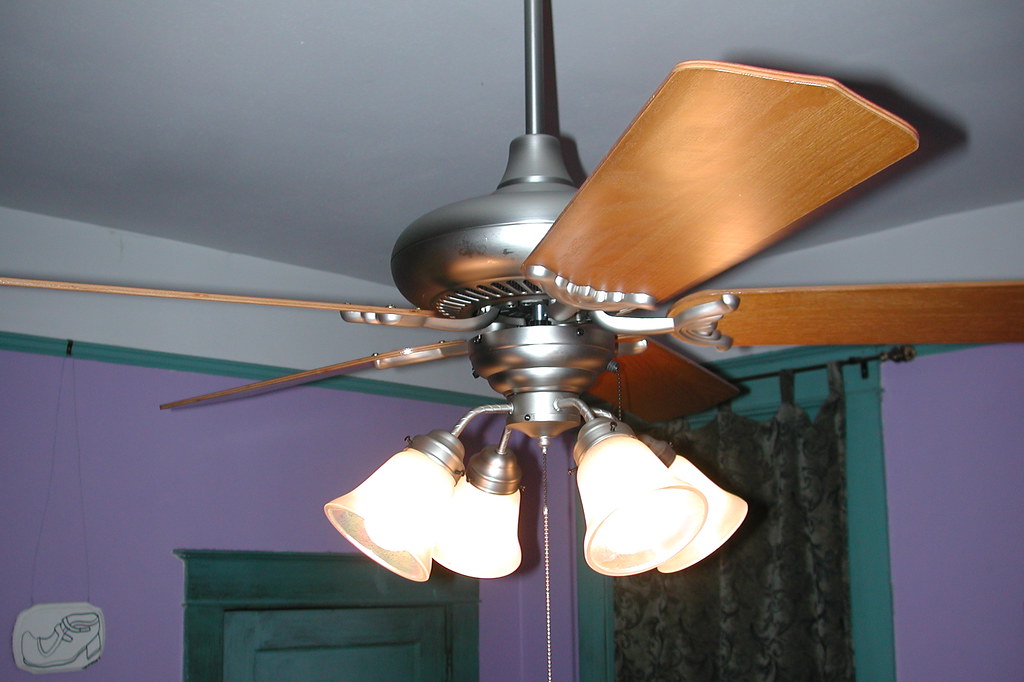
Basic ceiling fans, while once a standard for low-energy cooling, are quickly losing relevance as energy-efficient and smart fan models take over. Newer designs incorporate advanced brushless DC motors, which consume significantly less electricity compared to traditional AC motors. These fans often include built-in sensors that monitor room temperature and humidity, automatically adjusting speed for optimal comfort and energy savings.
According to Energy.gov, energy-efficient fans can reduce cooling costs by up to 40% when used properly. Smart ceiling fans can also be controlled through apps or voice commands, offering seamless integration with other smart home systems. Some even come with built-in LED lighting, eliminating the need for additional fixtures. By 2028, the lack of advanced features in basic ceiling fans will make them an impractical choice for energy-conscious consumers. Additionally, innovations in bladeless and solar-powered fan technology will further push outdated models into obsolescence. These modern fans not only save energy but also enhance home comfort and convenience.
4. Incandescent Light Bulbs
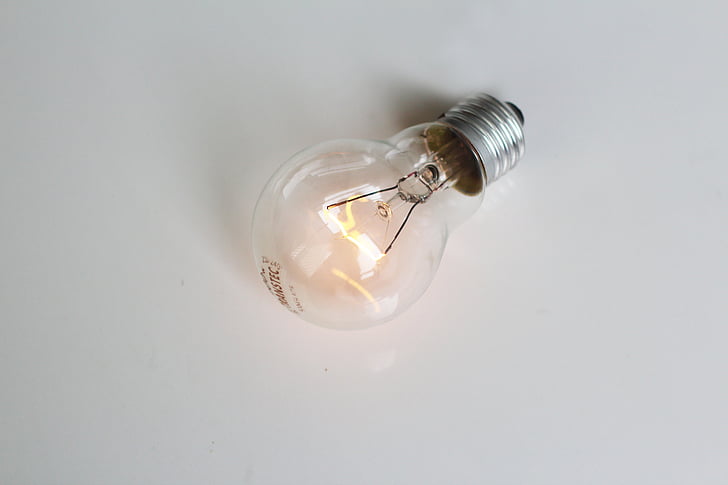
Once a staple in homes for over a century, incandescent light bulbs are quickly becoming obsolete due to their inefficiency and limited lifespan. Compared to modern LED bulbs, which use up to 80% less energy and last significantly longer, incandescent bulbs waste most of their energy as heat. Many countries have already phased them out or placed restrictions on their sale, as outlined by Energy.gov. By 2028, advancements in solid-state lighting and smart lighting technologies will make incandescent bulbs completely redundant.
LEDs and OLEDs now come with customizable color temperatures and compatibility with smart home systems, making traditional bulbs look archaic. The energy savings from LED adoption also significantly reduce electricity bills over time, providing both environmental and financial benefits. Additionally, homeowners are turning to solar-powered and motion-activated lighting, further reducing the need for outdated incandescent fixtures. With governments and manufacturers prioritizing energy efficiency, the days of the incandescent bulb are numbered.
5. Traditional Programmable Thermostats
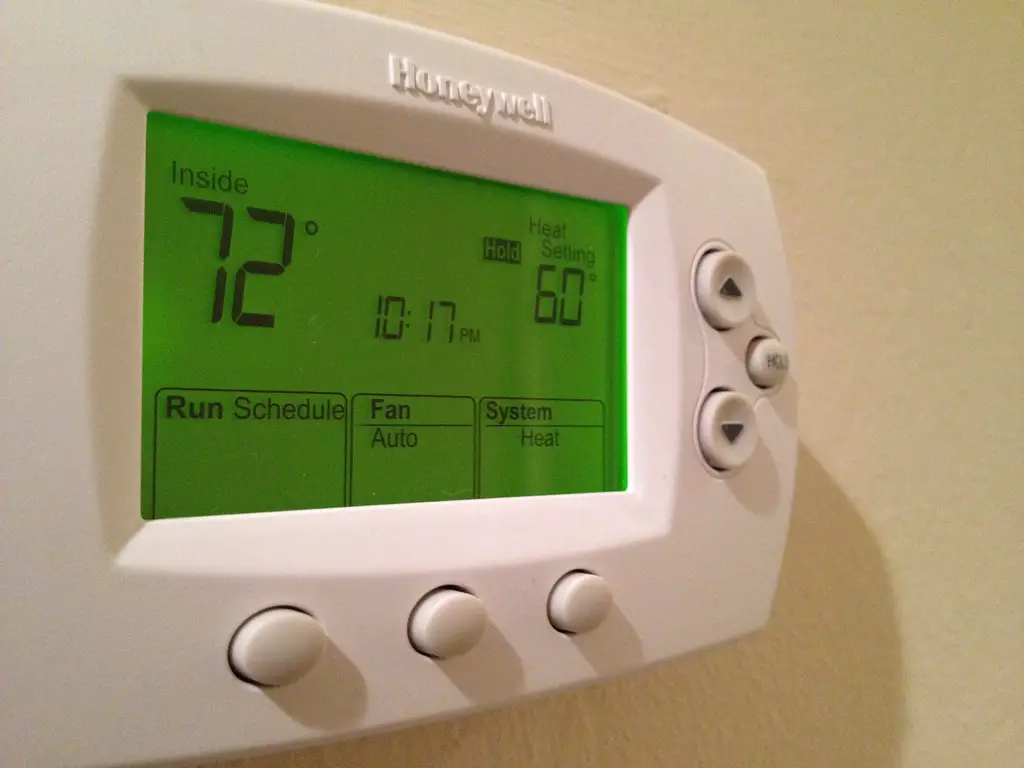
While programmable thermostats were once considered cutting-edge, they are rapidly being replaced by smart thermostats equipped with advanced automation features. Devices like the Nest Learning Thermostat and ecobee SmartThermostat can learn household routines and adjust temperatures automatically, optimizing energy efficiency. These newer models offer app-based controls, geofencing, and integration with voice assistants like Alexa and Google Assistant. Traditional programmable thermostats, on the other hand, require manual setup and don’t adapt to changing patterns.
By 2028, the inability of old programmable thermostats to integrate with broader smart home ecosystems will render them obsolete. The rise of AI-powered climate control systems will further accelerate this trend, as they can predict weather changes and adjust HVAC settings accordingly. With energy regulations tightening worldwide, many homes will require the efficiency of smart thermostats to meet new standards. As a result, traditional programmable models will be phased out in favor of smarter, more intuitive technology.
6. Single-Pane Windows

Single-pane windows, known for their poor insulation and high energy loss, are increasingly being replaced with energy-efficient alternatives. Double- and triple-pane windows, often filled with argon or krypton gas, significantly reduce heat transfer and improve insulation. According to the U.S. Department of Energy, single-pane windows can account for up to 30% of a home’s heating and cooling energy use. Innovations like low-emissivity (low-E) coatings and smart glass technology, which can adjust transparency to block heat or light, are making single-pane designs obsolete.
Additionally, government incentives and rebates for energy-efficient home upgrades encourage homeowners to invest in modern window solutions. By 2028, homes with single-pane windows will face higher energy costs and reduced resale value, as buyers increasingly prioritize sustainability. The shift toward eco-friendly construction materials and designs will ensure the dominance of energy-efficient windows in the coming years.
7. Manual Water Heaters
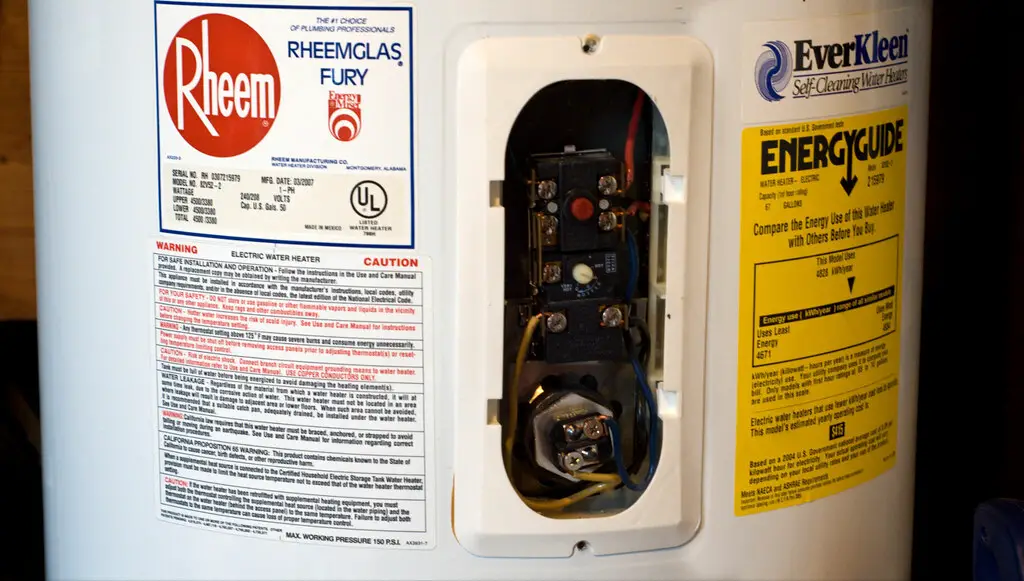
Traditional manual water heaters are being replaced by tankless and smart water heaters that offer greater efficiency and convenience. Tankless water heaters, also known as on-demand water heaters, heat water only when needed, eliminating standby energy loss. Meanwhile, smart water heaters can connect to apps, allowing homeowners to monitor energy usage and adjust settings remotely. According to ENERGY STAR, replacing a standard water heater with an energy-efficient model can save up to $350 annually in utility costs.
By 2028, manual water heaters will become outdated as energy-conscious consumers opt for systems that reduce waste and lower their carbon footprint. Furthermore, advancements in solar water heating technology are making these systems more accessible and affordable. With rising energy prices and stricter building codes, manual water heaters will be left behind in favor of these smarter, more sustainable alternatives. Homeowners who make the switch can expect long-term savings and improved energy performance.
8. Non-Insulated Garage Doors
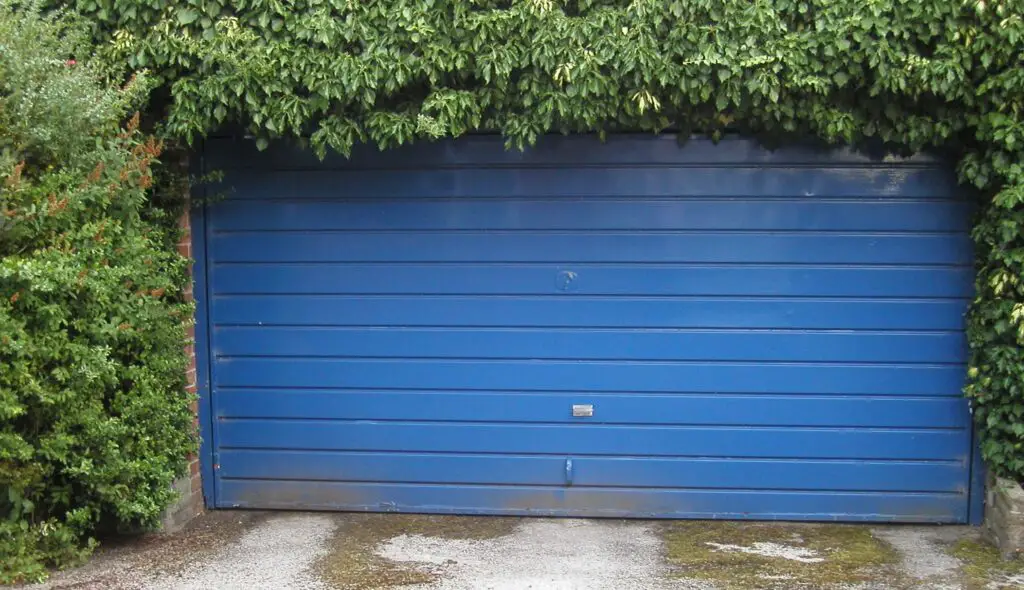
Non-insulated garage doors are becoming a relic of the past as energy-efficient designs gain popularity. Insulated garage doors, typically constructed with polyurethane or polystyrene cores, help regulate indoor temperatures and reduce energy loss. These doors are particularly beneficial for homes with attached garages, where temperature fluctuations can impact adjacent living spaces. According to the International Door Association, insulated garage doors can significantly lower heating and cooling costs, especially in extreme climates.
By 2028, advancements in smart garage technology, such as doors with built-in weather sealing and integrated solar panels, will make non-insulated options entirely outdated. Many newer models are also designed to improve noise reduction, adding another layer of functionality. Additionally, manufacturers are prioritizing sustainable materials and designs that align with eco-friendly construction trends. As energy efficiency becomes a standard consideration for homeowners, non-insulated garage doors will no longer meet the expectations of modern buyers.
9. Fixed-Speed HVAC Systems
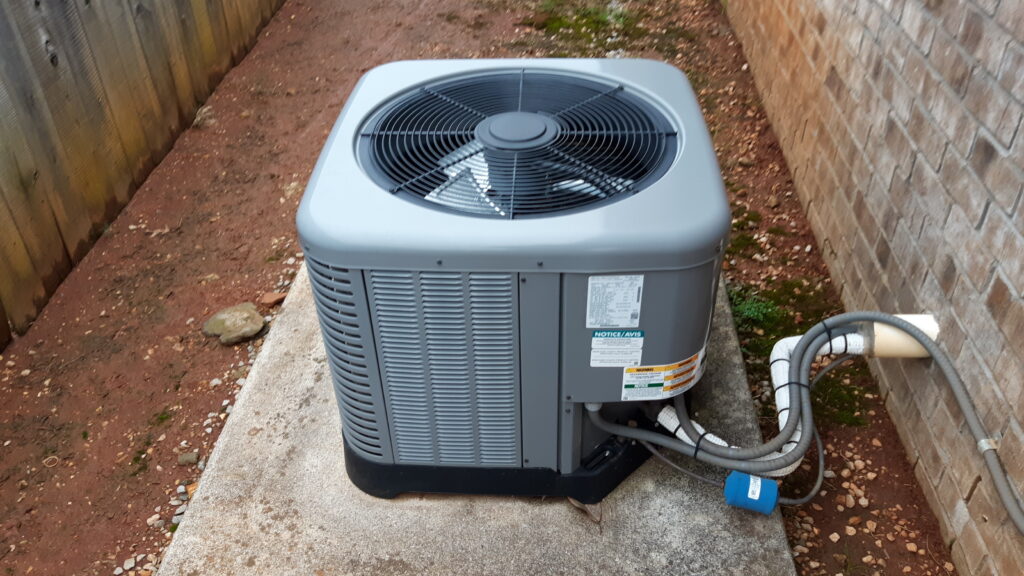
Fixed-speed HVAC systems, which operate at a single speed regardless of demand, are being phased out in favor of variable-speed systems that provide superior energy efficiency. Variable-speed HVAC units adjust their output based on real-time heating and cooling needs, reducing energy consumption and improving comfort. According to the Air Conditioning, Heating, and Refrigeration Institute (AHRI), these systems can cut energy use by up to 30% compared to fixed-speed models. They also maintain consistent indoor temperatures without the frequent cycling on and off typical of older units.
By 2028, fixed-speed systems will struggle to meet stricter energy efficiency standards and consumer expectations for smart home compatibility. Variable-speed systems are often equipped with smart thermostats, allowing homeowners to monitor and control usage remotely. Additionally, they operate more quietly and require less maintenance, making them a more appealing option. As energy costs rise, the inefficiency of fixed-speed HVAC systems will render them increasingly undesirable.
10. Halogen Lighting

Halogen lights, once a popular choice for their bright and natural-looking illumination, are rapidly falling out of favor due to their inefficiency and short lifespan. These bulbs generate excessive heat, making them less energy-efficient compared to LEDs, which use up to 85% less electricity. The European Union has already banned most halogen bulbs, with other regions following suit due to environmental concerns. LEDs, with their longer lifespans and compatibility with smart lighting systems, are the preferred alternative.
By 2028, halogen lighting will become obsolete as homeowners prioritize sustainable and cost-effective solutions. Advanced LED options, including tunable white and color-changing lights, offer superior functionality and energy savings. Moreover, halogen bulbs are limited in their ability to integrate with smart home ecosystems, further accelerating their decline. With governments and consumers alike focusing on reducing energy consumption, halogen lighting will soon become a relic of the past.
11. Manual Window Shades

Manual window shades are losing ground to motorized and smart shading systems that offer enhanced convenience and energy efficiency. Smart shades can be programmed to open and close automatically based on the time of day or indoor temperature, helping to reduce heating and cooling costs. According to the International Energy Agency (IEA), optimizing natural light can significantly reduce energy use in buildings. Motorized shades are often integrated with smart home systems, allowing control through apps or voice commands. Some models are equipped with sensors that detect sunlight intensity and adjust accordingly, minimizing glare and heat gain.
By 2028, manual shades will seem outdated in comparison to these intelligent, automated solutions. Smart shades are also available in a variety of materials, including eco-friendly and recyclable options, aligning with sustainability trends. Additionally, their sleek, modern designs appeal to homeowners seeking both functionality and aesthetics. As the smart home industry grows, manual window coverings will steadily fall out of favor.
12. Outdated Solar Panels

First-generation solar panels, while groundbreaking at their inception, are being replaced by more efficient and aesthetically pleasing alternatives. Modern solar panels boast higher energy conversion rates, often exceeding 20%, compared to older models that average around 15%. Innovations such as bifacial panels, which capture sunlight from both sides, and perovskite solar cells are revolutionizing the industry. According to SEIA, upgrading to newer solar technology can significantly increase energy savings and system lifespan.
By 2028, outdated solar panels will no longer be viable as homeowners seek systems that maximize performance. Many of these newer panels also integrate seamlessly with battery storage solutions, enabling homes to store excess energy for nighttime use. Solar panel designs have become more discreet, including roof tiles and transparent panels, addressing aesthetic concerns. The decline of outdated panels is further driven by incentives for upgrading to advanced solar technologies. As the renewable energy market evolves, first-generation systems will be left behind.
13. Non-Smart Appliances
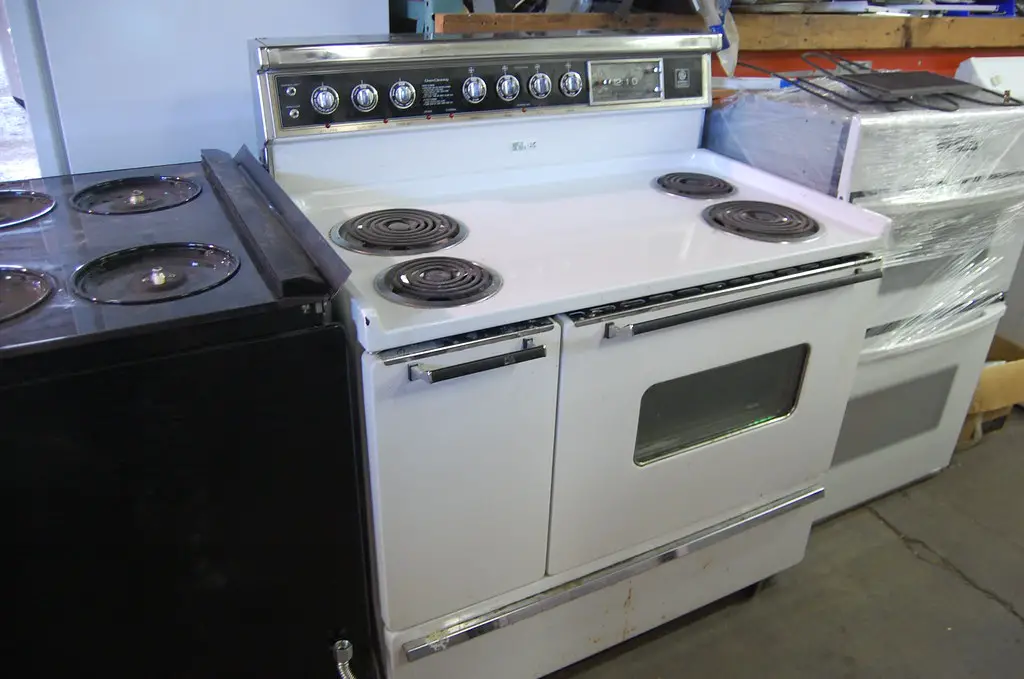
Traditional, non-smart appliances are quickly becoming relics of the past as homeowners prioritize energy efficiency and convenience. Smart refrigerators, washing machines, and ovens now come equipped with sensors, AI-driven diagnostics, and remote control capabilities via apps. These appliances can monitor usage patterns and optimize performance to reduce energy consumption. According to Consumer Reports, smart appliances can significantly lower utility costs while providing added convenience.
By 2028, non-smart appliances will struggle to compete with their intelligent counterparts, which often come with features like energy usage tracking and automatic software updates. Smart appliances also integrate seamlessly into smart home ecosystems, allowing homeowners to control everything from lighting to security in one app. As the Internet of Things (IoT) expands, traditional appliances will increasingly feel outdated. Additionally, government incentives and rebates for energy-efficient upgrades will further accelerate this transition. Homeowners looking to future-proof their homes are already making the switch.
14. Old Insulation Materials
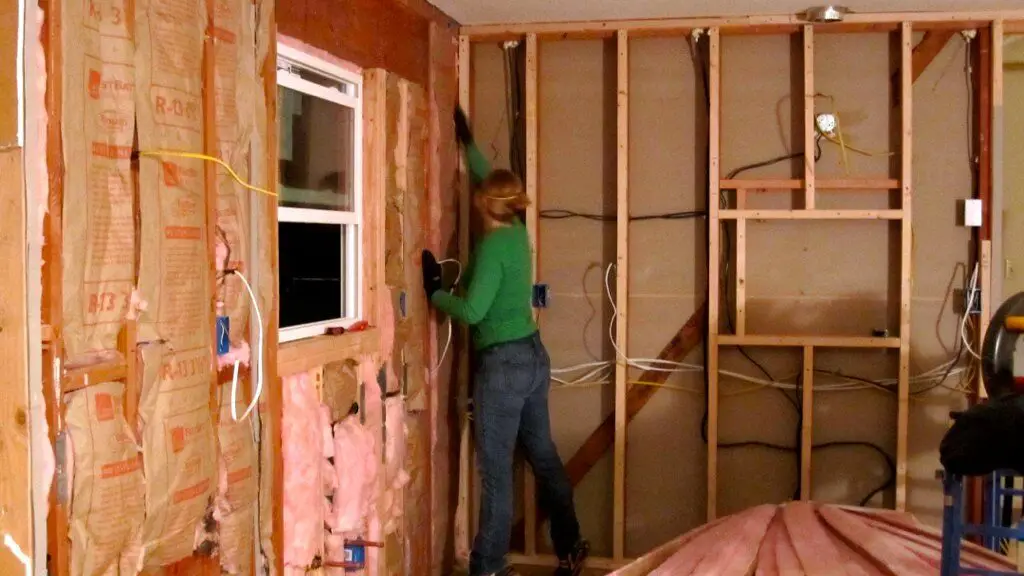
Outdated insulation materials, such as fiberglass batts, are being replaced by more effective and eco-friendly options. Spray foam, rigid foam, and cellulose insulation provide superior thermal resistance, reducing energy loss and improving indoor comfort. According to the U.S. Green Building Council (USGBC), properly installed modern insulation can cut energy use by up to 30%. Additionally, many newer materials are made from recycled or renewable resources, aligning with sustainable building practices.
By 2028, old insulation types will no longer meet the demands of energy-efficient construction standards. Advanced insulation products now include features like vapor barriers and soundproofing, offering additional benefits beyond thermal performance. Smart insulation, which monitors temperature and alerts homeowners to issues like air leaks, is also gaining traction. With rising energy costs and growing environmental awareness, outdated insulation materials will become increasingly impractical. These innovations ensure that modern homes stay energy-efficient and sustainable for years to come.
